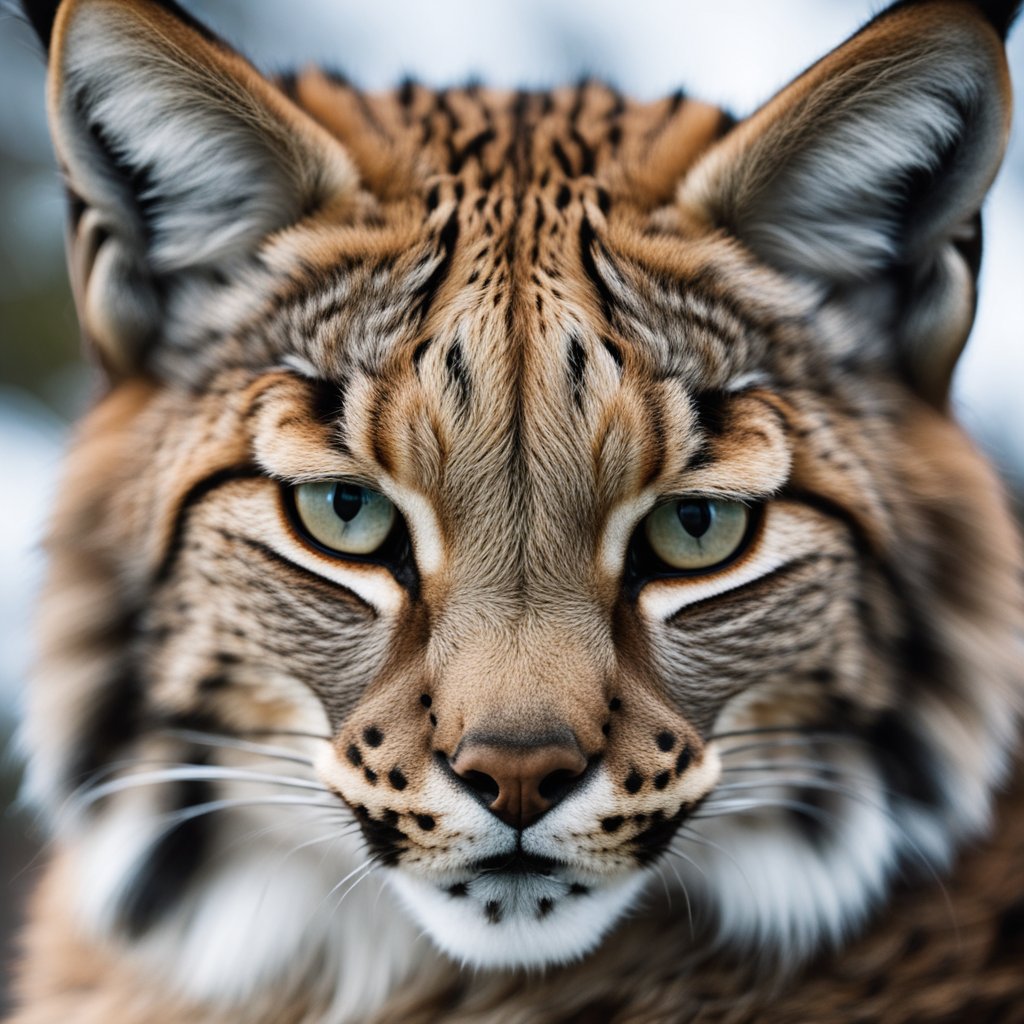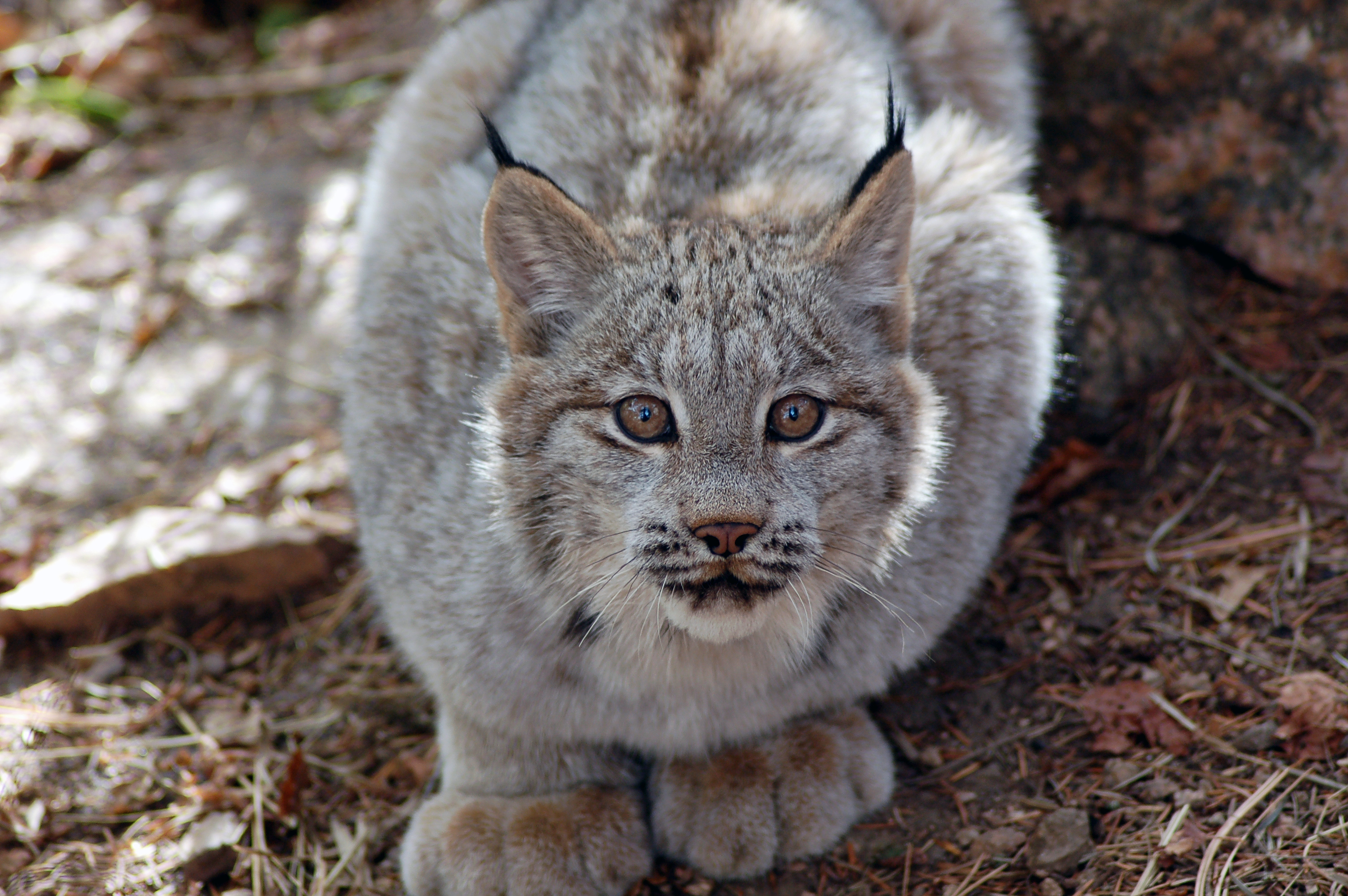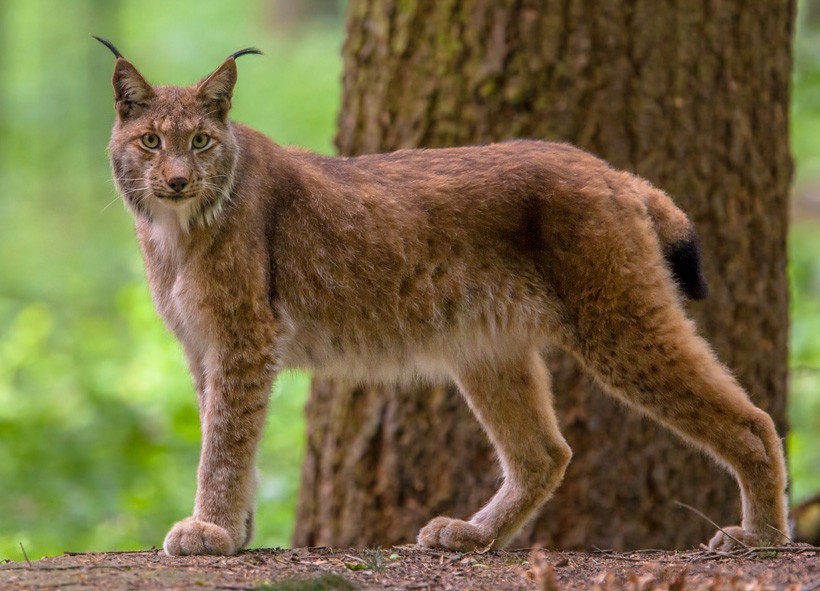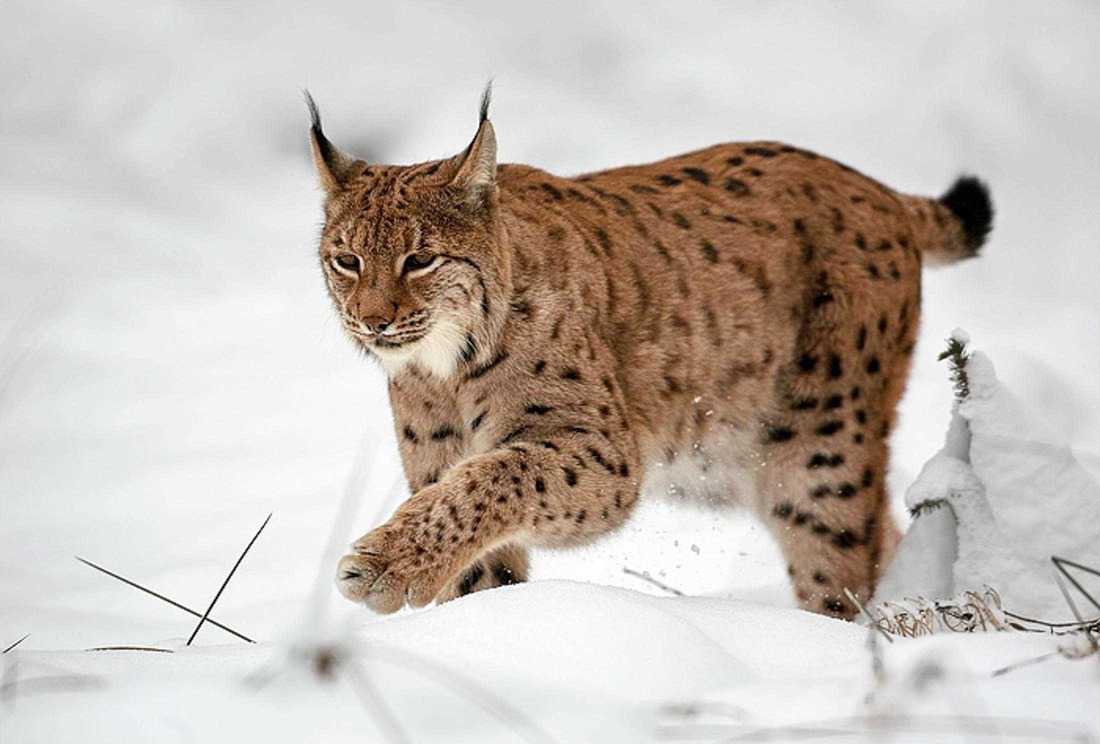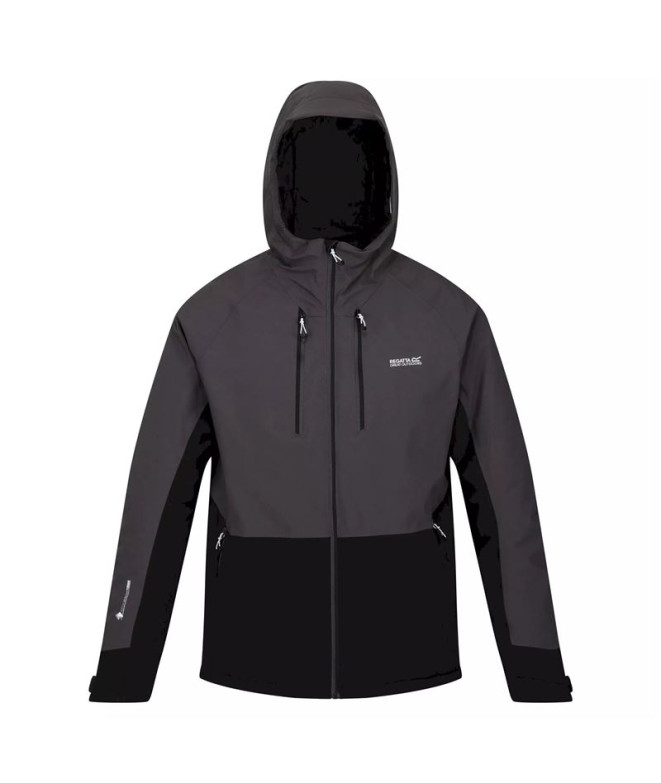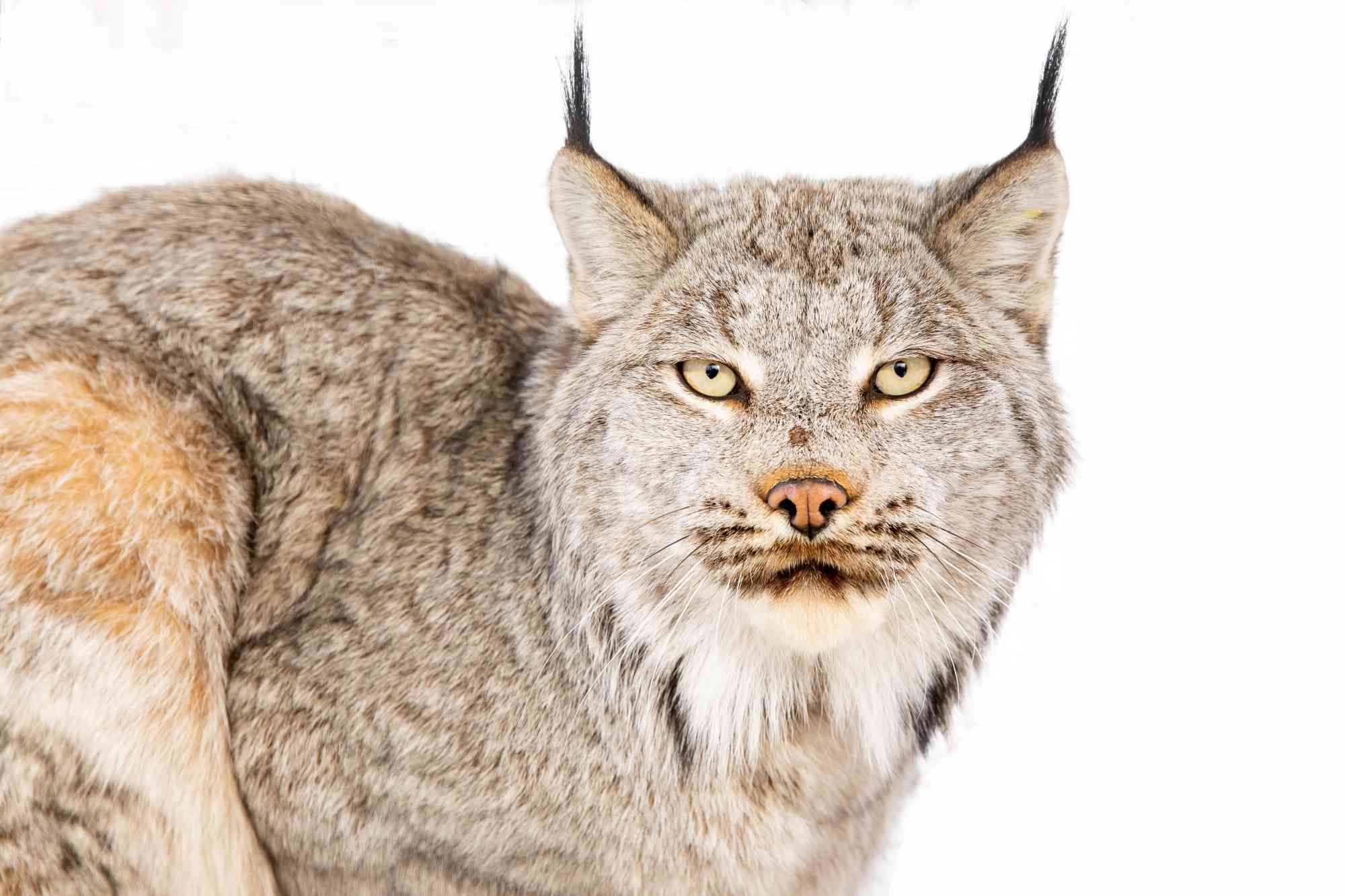
Canada Lynx Defenders of Wildlife
Canada lynx look similar to bobcats, but there are some distinguishing features: bobcats have shorter tufts on their ears, the tip of their tail is black on top and white underneath, and bobcats have shorter legs and smaller feet than lynx. Perhaps the biggest distinction is that lynx mostly occur only in northern states along the Canadian border or in mountainous regions, while bobcats range across almost the entire Lower 48 states. Lynx, like other forest hunters, play an important ecological role. As a mid-size carnivore, lynx target smaller prey species that reproduce relatively quickly. They also require a mixed habitat that includes younger forests with thick vegetation for hunting small prey, and older forests with a full canopy and good cover for denning.
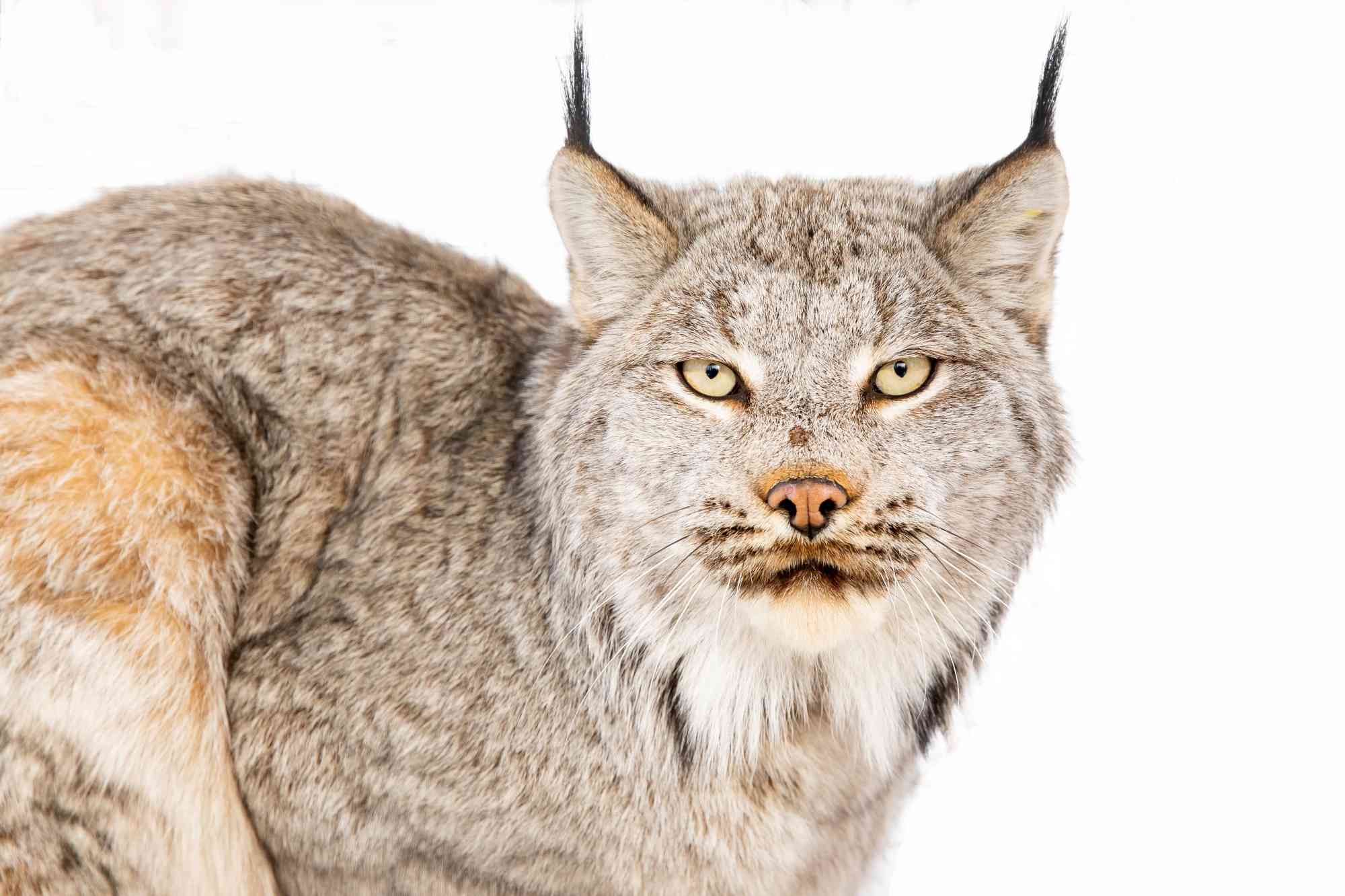
Canada Lynx Defenders of Wildlife

Colorado left out of lynx habitat plan
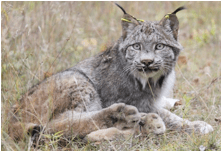
Canada Lynx: Mammals: Species Information: Wildlife: Fish & Wildlife: Maine Dept of Inland Fisheries and Wildlife

Peak of the Lynx Cycle - In Light of Nature

The Wilderness Society - Enjoy this fluffy Canada lynx, that looks similar to a bobcat but has some distinguishing features! Learn more from Defenders of Wildlife: bit.ly/2zMqErH — 📸: Lisa Hupp/USFWS Yukon

Are the Southern Rockies Lynx Critical Habitat? - by Ark Valley Voice Staff - Ark Valley Voice

Quickening the Countdown to Extinction for Canada Lynx, by Defenders of Wildlife, Wild Without End
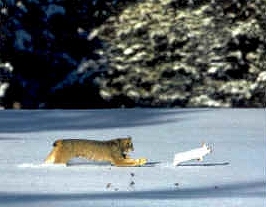
Canada Lynx - Fisheries, Forestry and Agriculture

New proposal for lynx habitat: 43,000 square miles in 6 states – The Denver Post

Canada Lynx: Characteristics, Diet, Facts & More [Fact Sheet]

Canadian Lynx, 53% OFF

Canada lynx

Defenders of Wildlife on X: Canada #lynx look similar to #bobcats, but there are some distinguishing features: Bobcats have shorter ear tufts, the tip of their tail is black on top
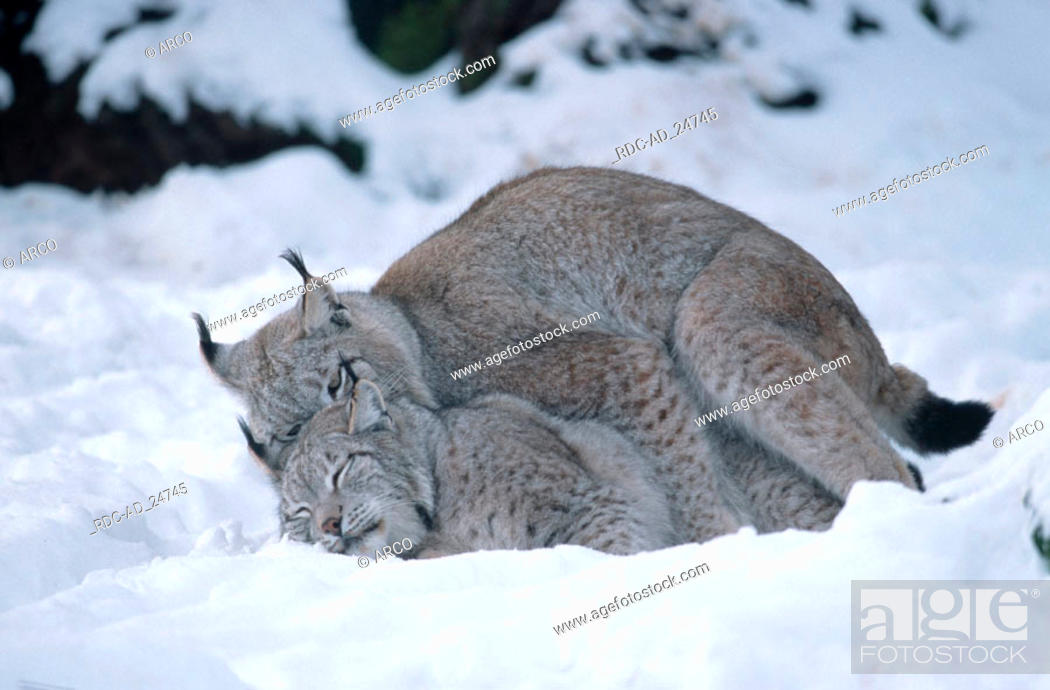
There are no breeding pairs of lynx in Minnesota – Boundary Waters Blog

